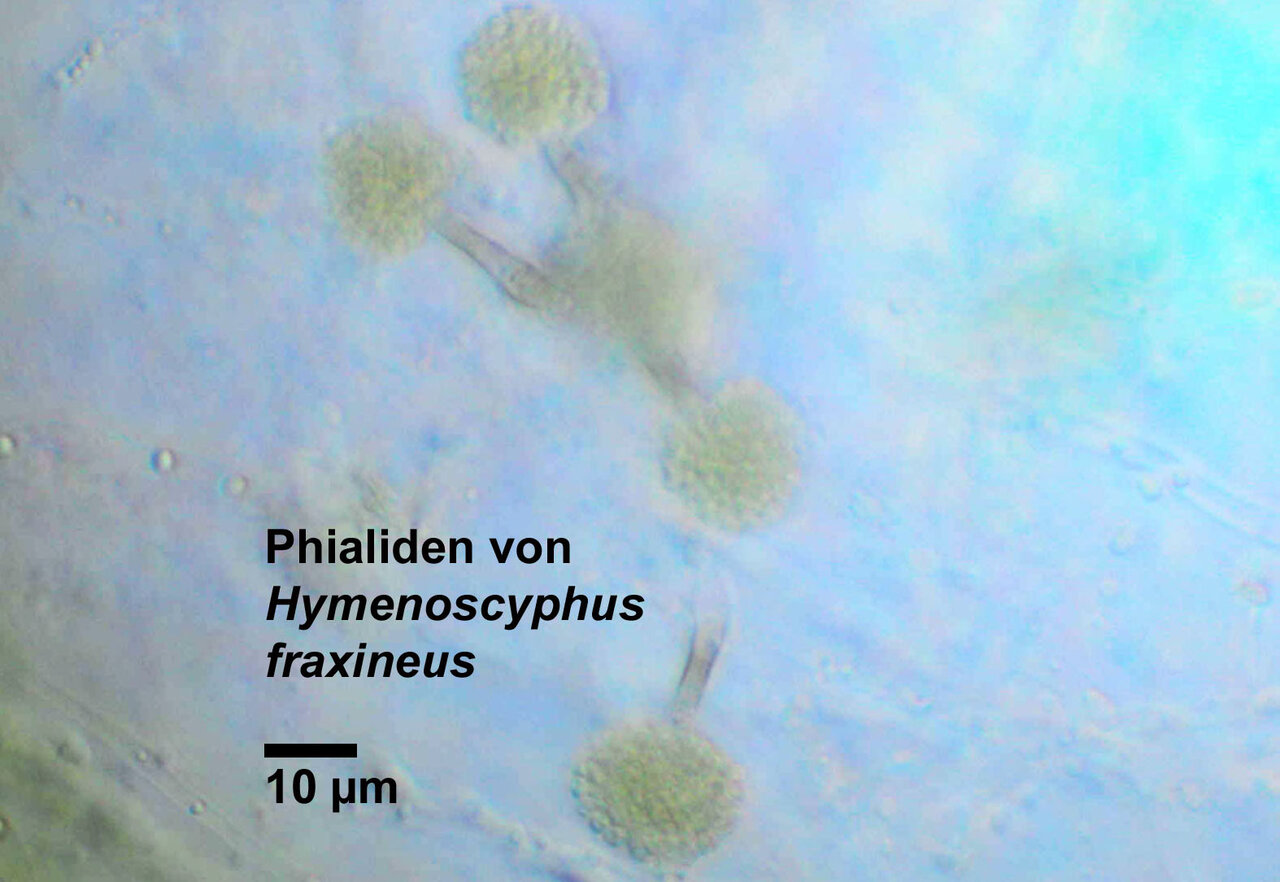Project
Phytopathogens in Forests

Phytopathogenes in Forests
Diagnostics and species distinction of pyhtopathogenic fungi are needed to avoid or to reduce the impact of new diseases in forests.
Background and Objective
A still increasing international trading contributes to the risk of the introduction of new pathogens. A scenario documented for several diseases in the past. In addition to this permanent threat, climate change promotes the northward-directed migration of pathogens and vectors. The introduction of invasive pathogens and their vectors has to be interpreted with respect to an absent coevolution of native host-plants and the new pathogens, the offer of the possibility of hybridisation events (native and invasive pathogen) and the development of diseases on new hosts not associated to the pathogen before. General risk-management, preventative monitoring of potential pathogens, development of new methods in diagnostics and exchange of information on international level are essential to provide short-term recommendations.
Approach
- Dialog within national and international networks has to be continued and extended ensuring the general risk management.
- Application of hypothesis-driven methods from classical microbiology and metagenomic approaches are needed for the identification, classification and differentiation of known and unknown pathogens of woody plants and their new hosts
- Sensible native hosts have to be identified within infection/transmission experiments
- Established and invasive potential vectors have to be screened for pathogens
- Research based recommendations have to be provided for risk management
Duration
Permanent task 1.2016
More Information
Project status:
ongoing

![[Translate to English:] [Translate to English:]](/media/_processed_/f/3/csm_2022_Titelbild_gross2_Saatgut_in_Hand_9ffb8f5748.jpg)
![[Translate to English:] [Translate to English:]](/media/_processed_/f/3/csm_2022_Titelbild_gross2_Saatgut_in_Hand_c17270fcc0.jpg)




